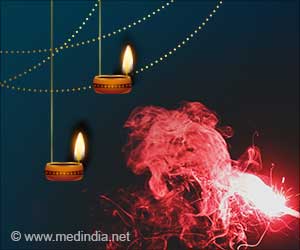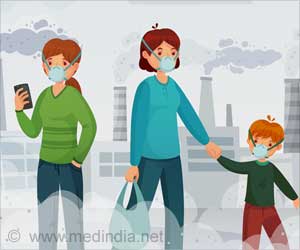Toxic chemicals such as polychlorinated biphenyls (PCBs) that were extensively banned from the late 70s, are still present in the environment and animals’ bodies.

‘Even with discontinued use, PCBs, or polychlorinated biphenyls, are still present in the environment today because they do not break down quickly.’





From the 1920s until they were banned in 1979, the U.S. produced an estimated 1.5 billion pounds of these industrial chemicals. They were used in a variety of manufacturing processes, particularly for electrical parts, across the country.Wastes containing PCBs were often improperly stored or disposed of or even directly discharged into soils, rivers, wetlands, and the ocean. Unfortunately, the legacy of PCBs for humans, birds, fish, wildlife, and habitat has been a lasting one.
What are the Adverse Health Effects of PCBs Exposure?
PCBs are hazardous even at very low levels. When fish and wildlife are exposed to them, this group of highly toxic compounds can travel up the food chain, eventually accumulating in their tissues, and becoming a threat to human health if eaten.They have two mirror-image isomers that are identical reflections of each other with the same composition. These types are particularly dangerous because they have more chlorine atoms, which are hard for the body to break down, so they can accumulate in the body easily and their isomers are metabolized differently, causing isomer-specific toxicity (particularly neurodevelopmental issues).
However, the process behind this selective metabolism was not known. To address this, a research group has illuminated how enzymes produced by the body unevenly metabolize the mirror-image isomers. These results published in the journal Environmental Science & Technology will make it possible to estimate PCB metabolism and detoxification pathways in animals.
They will also contribute towards the development of technology to make predictions about chiral PCBs’ mirror isomers so that we can obtain a better understanding of potential toxicity in humans and other mammals.
Advertisement
Advertisement










